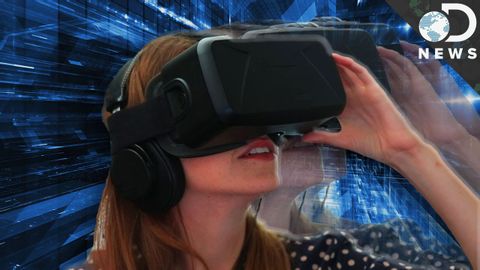
Subtitles & vocabulary
How Your Brain Experiences Virtual Reality
00
richardwang posted on 2015/11/22Save
Video vocabulary
brain
US /bren/
・
UK /breɪn/
- Transitive Verb
- To strike someone forcefully on the head
- Noun (Countable/Uncountable)
- The part of the head that thinks
- A smart person who often makes good decisions
A1
More research
US /rɪˈsɚtʃ, ˈriˌsɚtʃ/
・
UK /rɪ'sɜ:tʃ/
- Verb (Transitive/Intransitive)
- To study in order to discover new ideas and facts
- To study the market relating to marketing products and services.
- Noun (Countable/Uncountable)
- Study done to discover new ideas and facts
- A particular area or topic of study.
A2TOEIC
More shape
US /ʃep/
・
UK /ʃeɪp/
- Noun (Countable/Uncountable)
- The outer form of something, what it looks like
- Condition or state of someone or something
- Transitive Verb
- To influence something to make it the way you want
- To give a certain material a particular form
A1TOEIC
More object
US /ˈɑbdʒɪkt/
・
UK /'ɒbdʒɪkt/
- Noun (Countable/Uncountable)
- Something you can see or touch, but is not alive
- Goal or purpose of a particular plan or activity
- Verb (Transitive/Intransitive)
- To disagree; to protest against an idea or plan
- To state one's reason for disagreement
A2TOEIC
More Use Energy
Unlock All Vocabulary
Unlock pronunciation, explanations, and filters
